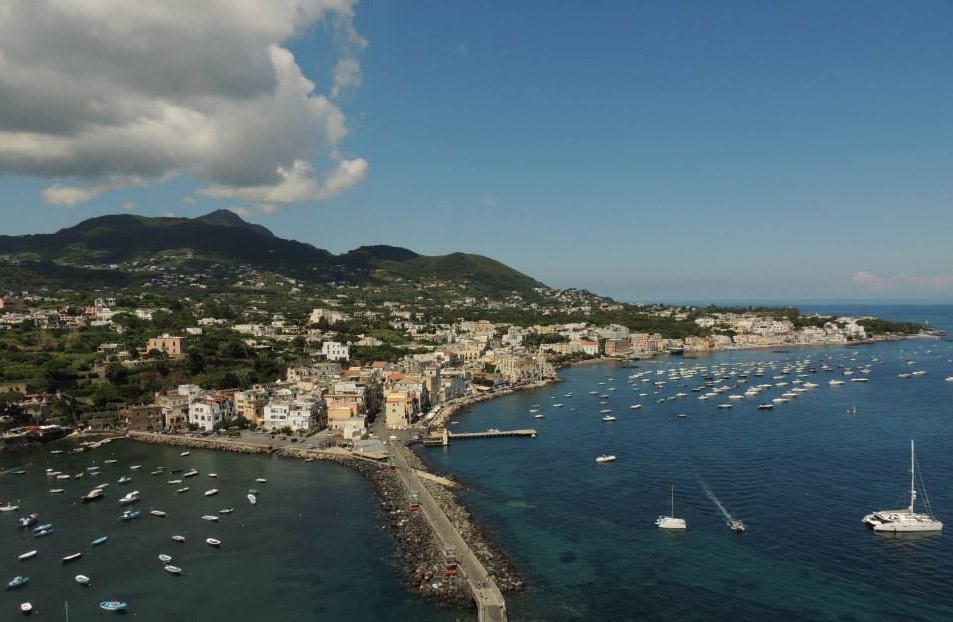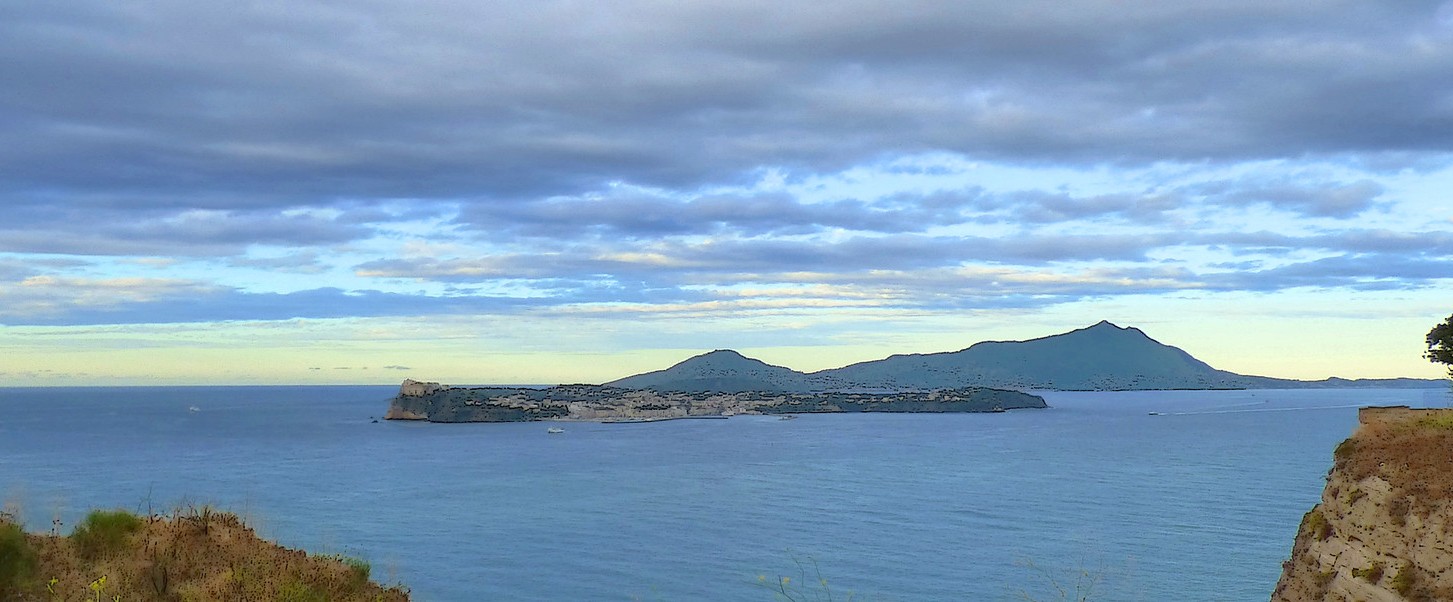
Divers and archaeologists uncover ancient sunken city Aenaria under the Bay of Naples, Italy revealing daily life, trade, and military ties. Credit: Martuna.22 / CC BY-SA 4.0
After lying hidden beneath volcanic sediment for nearly two millennia, the sunken Roman port city of Aenaria is slowly revealing its secrets in Italy. Lost under the Bay of Cartaromana near the island of Ischia, the site is now being carefully excavated by teams of divers and archaeologists who are piecing together the story of a forgotten Roman hub.
Thought to have disappeared after a volcanic eruption in the second century, Aenaria was known only through scattered references by early writers. The eruption, likely from the nearby Cretaio volcano around AD 180, buried the port under layers of ash and debris. Without written records of the disaster, the city vanished from memory—until now.
Over the last decade, underwater excavations have uncovered the remnants of a once-thriving settlement that served as a Roman maritime center. From ports and villas to everyday tools, each discovery sheds new light on life in the ancient Mediterranean.
Tracing sunken city of Aenaria’s roots beneath the waves
Ischia, known in ancient times as Pithecusae, was first settled by Greek colonists in the 8th century BC. The island’s hot springs and coastal location made it a prime location for trade and industry, especially metalwork. These early settlers left behind rich archaeological evidence—including pottery, kilns, and burial grounds.
While the Greek legacy was well established, Roman evidence had remained scarce. For years, historians assumed volcanic instability discouraged Roman occupation. But the discovery of Aenaria beneath the bay challenges that belief, proving that the Romans had a significant, though hidden, presence on the island.
The first signs of the lost city emerged in 1972, when divers exploring the bay found fragments of Roman pottery and metal bars. The find led to early investigations, but efforts faded until locals revived interest nearly 40 years later.
In 2011, a team led by Giulio Lauro from the Marina di Sant’Anna cultural group resumed the search. Their efforts uncovered a Roman dock buried just two meters below the water’s surface. Over time, more pieces of the city came into view—clay jars, coins, mosaic floors, and even remains of a wooden ship.
Daily life and military clues emerge
Excavations have revealed not just infrastructure but clear signs of daily life. Items such as hair combs, sewing tools, and fragments of painted wall plaster point to a once-vibrant community. Two Roman villas with arched hallways and ancient bath systems were also identified nearby.
Researchers have also cataloged over 140 types of Roman amphorae from distant regions, suggesting the city was well-connected in ancient trade networks. Some materials, like lead used for construction, were traced back to mines in Spain—evidence of far-reaching commercial ties.
A 2020 discovery added a military dimension to the site. Near the quay, divers found a Roman-era shipwreck along with bronze fittings, sling bullets, and a mooring post shaped like a swan’s head—often a feature on Roman warships.
Due to weather conditions, the underwater work takes place only from May to October. Limited funding continues to slow the pace of excavation. Researchers hope to use more advanced tools, such as laser scanning and radar mapping, but these technologies remain out of reach without greater investment.
Visitors can now explore parts of Aenaria through glass-bottom boat tours or guided diving trips. A small museum nearby also displays some of the recovered artifacts, offering a rare glimpse into a Roman city once thought to be lost forever.
It’s like Pompeii before it was uncovered, explained archaeologist Marina Benini, who leads the project. It was always there, just hidden under the sea.
